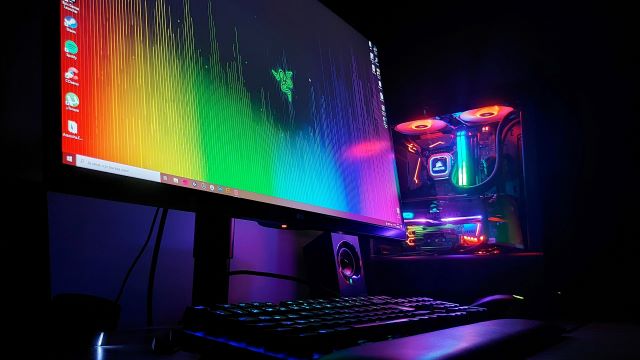When it comes to PC cooling, aesthetics, and functionality often go hand in hand. Many computer enthusiasts opt for case fans with LED lighting to add a touch of style to their rigs.
However, a common concern among users is whether the LED lights on PC case fans can potentially contribute to system overheating. In this article, we will explore this question and shed light on the impact of LED lights on PC temperatures.
Understanding PC Case Fans
PC case fans are essential components that help maintain optimal operating temperatures inside a computer system. They are designed to circulate air and dissipate heat generated by various components such as the CPU, GPU, and power supply. By expelling warm air and bringing in cooler air, case fans play a crucial role in preventing system overheating.
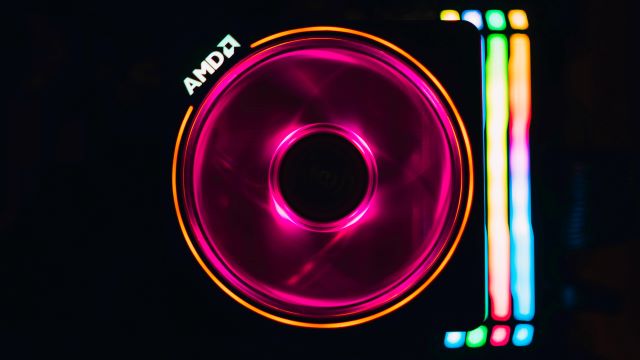
The Role of LED Lights
LED lights on PC case fans serve primarily as decorative elements. They come in a variety of colors and can be customized to create visually appealing lighting effects. LED lights do not directly contribute to the cooling or heating of the system; their purpose is purely aesthetic.
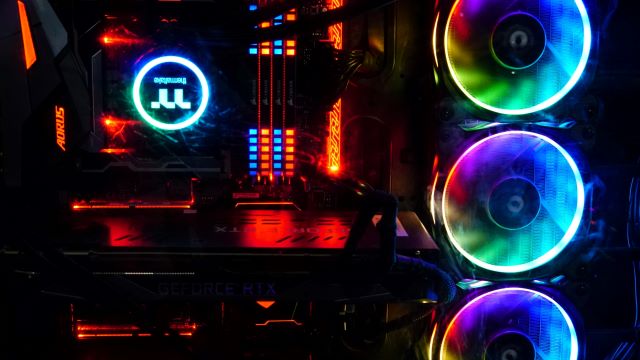
Heat Generation by LEDs
LED lights generate a minimal amount of heat compared to other components in a PC. The heat produced by LEDs is dissipated through heat sinks or other cooling mechanisms integrated into the LEDs themselves. This ensures that the LEDs do not significantly impact the overall temperature of the system.
Cooling Efficiency of PC Case Fans
The cooling efficiency of PC case fans depends on several factors, including their size, speed, and airflow capacity. Fans with larger diameters and higher RPM (revolutions per minute) generally provide better cooling performance. The primary purpose of case fans is to move air, and their cooling capabilities remain unaffected by the presence of LED lights.
LED Lighting and Airflow
LED lights on case fans have a negligible impact on the airflow generated by the fans. The lighting elements are usually positioned in such a way that they do not obstruct the fan blades or disrupt the airflow pattern. Manufacturers design LED case fans with airflow optimization in mind, ensuring that the lighting does not interfere with cooling efficiency.
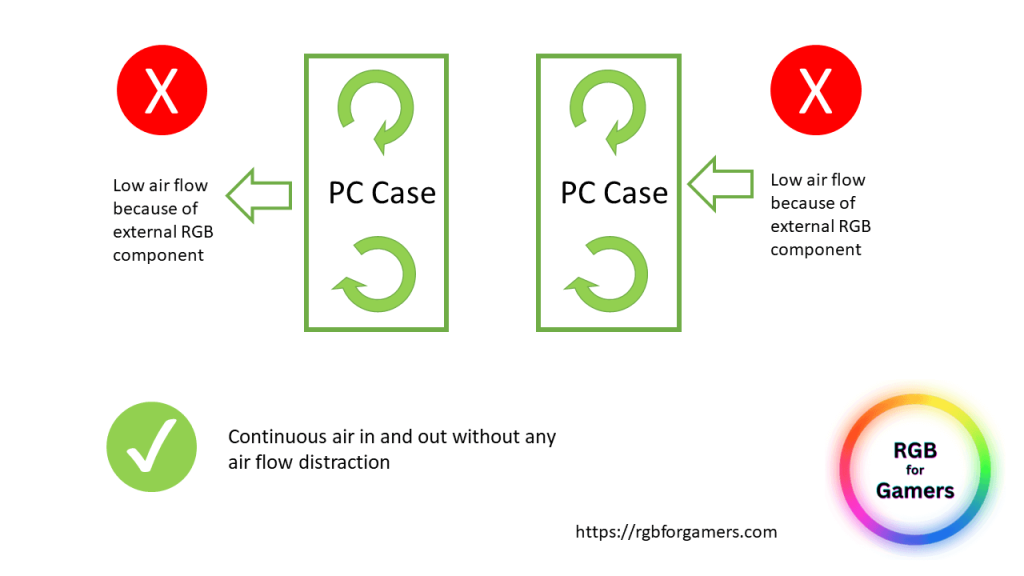
Fan Speed and Heat Dissipation
The speed at which PC case fans operate directly affects their heat dissipation capabilities. Higher fan speeds result in increased airflow and improved cooling performance. The presence of LED lights on case fans does not influence their speed or hinder the fans’ ability to dissipate heat effectively.
Thermal Design of PC Case Fans
PC case fans are engineered with thermal management in mind. Manufacturers consider factors such as fan blade design, motor efficiency, and overall airflow optimization. LED lighting integration is incorporated without compromising the primary function of the fan, which is to cool the system.
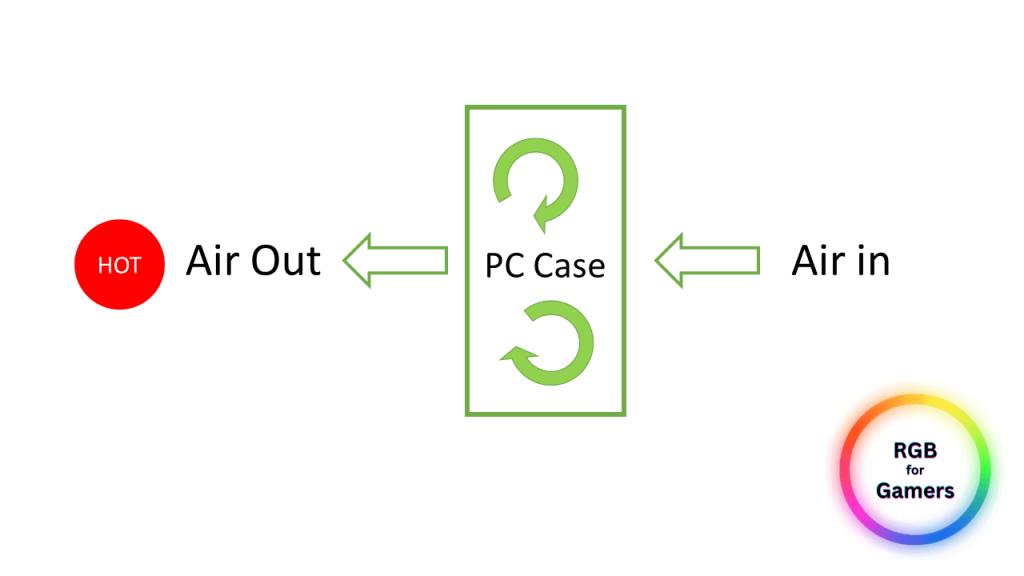
System Overheating Risks
There is very little chance of system overheating as a result of LED lights on PC case fans. As was already mentioned, the built-in cooling mechanism effectively manages the small amount of heat produced by the LEDs. It’s critical to properly balance your case fans for proper airflow and effective heat dissipation in order to avoid overheating.
Read more: Do LED Strip Lights Use a Lot of Electricity?
Best Practices for LED Case Fans
To maximize the benefits of LED case fans while maintaining optimal system temperatures, consider the following best practices:
- Balance aesthetics with functionality.
- Choose high-quality fans from reputable manufacturers.
- Opt for larger fans with higher RPM for better cooling performance.
- Clean case fans regularly to remove dust and debris.
- Monitor system temperatures and adjust fan speeds if necessary.
Importance of Proper Airflow
Proper airflow is crucial for maintaining optimal temperatures within a PC. It is recommended to position case fans strategically to create an effective airflow pattern. The combination of intake and exhaust fans ensures a continuous flow of fresh air while expelling the hot air, contributing to better overall system cooling.
Monitoring and Managing Temperatures
Regularly monitoring system temperatures is essential to identify any potential overheating issues. Utilize software tools or hardware monitoring devices to keep track of CPU and GPU temperatures. If temperatures exceed safe limits, consider adjusting fan speeds or adding additional case fans to improve airflow and cooling.
Read our in-depth article on Does RGB Make the PC Hotter?
Conclusion
LED lights on PC case fans do not significantly contribute to system overheating. These decorative elements generate minimal heat and do not interfere with the primary function of case fans, which is to cool the system. By following best practices for airflow management and temperature monitoring, users can enjoy the aesthetic appeal of LED case fans without compromising their system’s performance.

Hello I am Sakib Mahmud. A gamer and writer, and a Student of Computer Science and Engineering. I love to write about different topics and gaming is one of my favorites. Hope you will find something awesome!




